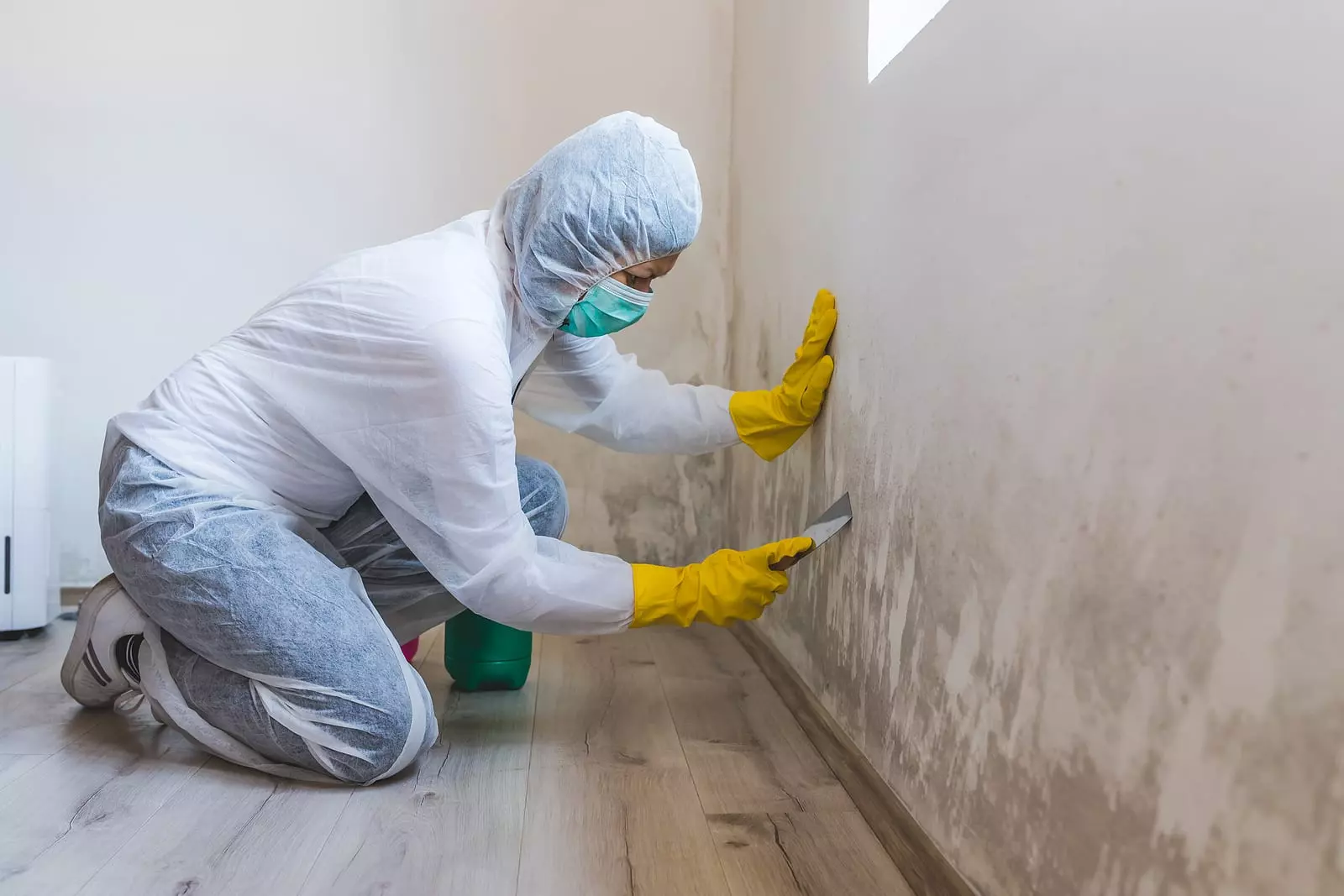Professional mold cleaning use strong antimicrobial chemicals in order to tackle the mould cleaning problem. They use a sealant in order to make the treated areas more resistant to water damage,and mould build up.

Professional mold cleaning typically involves the following steps:
- Inspection and testing – A mold removal professional will first inspect the affected area to assess the scope of the mold growth. They will also test the mold to determine the type, and whether it is toxic black mold or another variety. This determines the appropriate removal technique and safety precautions to use.
- Containment – The area will be sealed off from the rest of the building using plastic sheeting and air filters to prevent the spread of mold. Proper ventilation and dust containment tools are used for safety.
- Mold removal – The mold is then physically removed using scraping, scrubbing, and detergents. For porous materials like drywall or ceiling tiles that are badly damaged, they may need to be removed and replaced. The mold removal professionals wear proper protective gear like respirators during this process.
- Drying and dehumidification – After mold removal, the area is thoroughly dried out using powerful dehumidifiers and air movers. This is important since mold needs moisture to grow, so everything must be dry to prevent the mold from returning.
- Post-testing – Additional testing may be done after the cleaning to verify that all mold has been removed and the area is clean. The containment is then removed and the area cleaned up before allowing anyone to re-enter.
- Recommendations – The mold removal professional may provide recommendations on how to prevent mold from returning, including ways to address any sources of moisture, and proper ventilation/air circulation needed. Follow up inspections may also be recommended.

